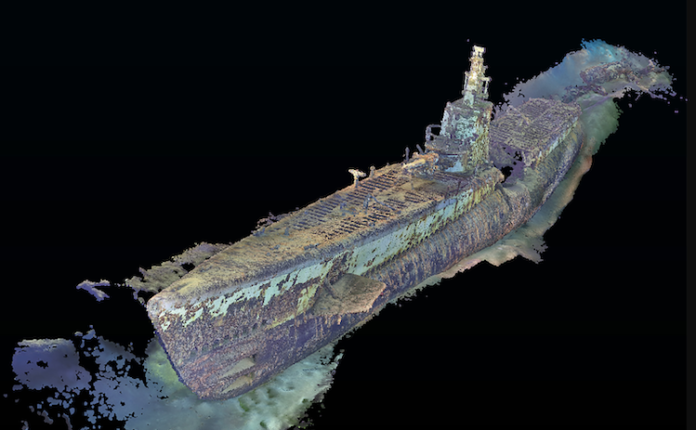On 24 May it was announced that using data collected and provided by Tim Taylor, CEO of Tiburon Subsea and the Lost 52 Project, the US Naval History and Heritage Command’s (NHHC) Underwater Archaeology Branch confirmed the wreck site they discovered as the final resting place of USS Harder (SS 257).

